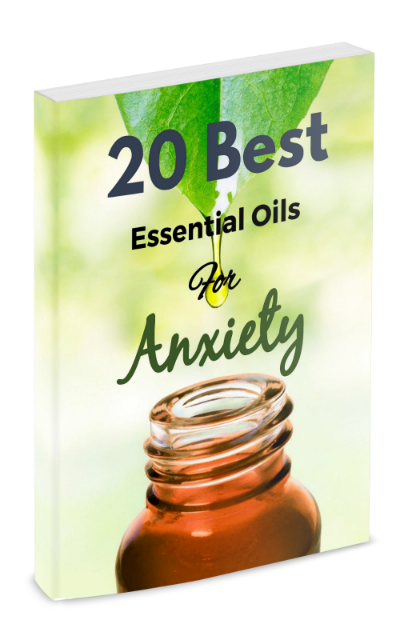Myrrh essential oil is one of the oldest and most popular essential oils in the world. It has a bittersweet aroma that is earthy and slightly camphoraceous and good for heightening self-awareness and promoting inspiration. It also stimulates positivity and imbues inner stillness and peace.
Steam distillation is used to extract myrrh essential oil from the resin found on Commiphora myrrha shrubs. Myrrh is also sold as tincture and the resin is available as incense or powder.
Use of Myrrh Essential Oil for the Body
Myrrh essential oil is antiseptic, anti-inflammatory, astringent, and antimicrobial.
It has a long tradition in skin care use and known for treating cracked and infected skin, eczema, dermatitis and acne. Athlete’s foot and other fungal infections can be remedied by using myrrh. It is also carminative and can be used in massage for digestive problems.
Myrrh can be useful in relieving sore throats, coughs, bronchitis and asthma. It is often added to natural mouthwashes and toothpastes and can heal gum infections and mouth ulcers. However, oils like peppermint are often added to mask its bitter taste.
Use of Myrrh Essential oil for the Mind
Many religious ceremonies used myrrhh as incense for hundreds of years. Some cultures mixed it with wine and drank before ceremonies to reach a higher state of consciousness. Myrrh oil and resin are still popular in incense blends.
Myrrh Essential Oil Relieves Depression Caused By:
- Overthinking; mental distraction
- Being spiritually and emotionally stuck
- Oversensitivity
- Mental distraction
Myrrh in Ancient History
Many ancient cultures valued myrrh highly. The Bible refers to it several times. Moses took myrrh with him on the journey from Egypt and it was one of the gifts the three wise men brought to baby Jesus. It was also used to anoint the body of Jesus after crucifixion.
In Egypt myrrh was used as medicine, incense and kyphi, the famous Egyptian perfume.
Ancient Egyptian texts for medical prescriptions and aromatic recipes mention myrrh.
The Egyptians used it in religious ceremonies and extensively in embalming.
In Arabic cultures used myrrh to treat cracked skin and other skin conditions, and in ancient Greece it was used for healing wounds.
Chinese medicine uses myrrh for treating arthritis, haemorrhoids and menstrual problems. In India’s Ayurvedic medicine, myrrh is a remedy for gum problems. Roman texts also mention myrrh’s healing properties.
Myrrh in Modern History
The famous 12th century German herbalist and mystic Hildegarde of Bingen wrote about myrrh. The essential oil and the resin was used from medieval times for healing wounds. It was used also in ointments for burns and cuts. It worked as an expectorant, for treating gum problems and for bringing on a delayed period.
In her book Aromatherapy: An A-Z Patricia Davis writes that myrrh was highly valued as a healing ointment for wounds, and it is said that:
“no soldier of ancient Greece went into battle without a paste of Myrrh in his pouch. This use is well justified by what we know of Myrrh’s properties: antiseptic, healing, and anti-inflammatory.
Myrrh is especially valuable for wounds that are slow to heal, and for ‘weepy’ skin conditions, including weepy eczema and athlete’s foot. For the latter, the fact that Myrrh is fungicidal is a double benefit. It heals cracked and chapped skin, and I often put just a little Myrrh in creams for deep cracks on the heels and heavy duty hand creams.”
Davis also states:
“The area in which Myrrh overlaps most with its ‘cousin’ Frankincense is in treating chest infections, catarrh, chronic bronchitis, colds and sore throats. It is a very good pulmonary antiseptic, expectorant and astringent (i.e. it has a drying action on excess mucus). It can be used as a massage oil or in inhalations.”
Myrrh Essential Oil Caution
Women should avoid myrrh during pregnancies.


